Sarnath, Varanasi, Uttar Pradesh : Most Significant Buddhist Pilgrimage Sites with Dhamek Stupa and Chaukhandi Stupa in India – Where Lord Buddha Delivered His First Sermon, Sanctified as Maha Dharm Chakra Parivartan : Visit, Timings, History, Light & Sound Show, Contact Information, Travel Guide (Update)
– excavated archaeological site of sarnath
Sarnath, situated approximately 10 km from Varanasi in Uttar Pradesh, stands as one of the four revered sites deeply intertwined with the life of Lord Buddha. It exudes a profound influence of Buddhism, being the sacred ground where Buddha, having attained enlightenment at Bodhgaya, imparted his inaugural sermon to his five devoted companions. This pivotal moment in Buddhist lore is hailed as the Dharma-Chakra-Pravartana, signifying the Turning of the Wheel of Law. Presently, the Archaeological Survey of India (ASI) meticulously oversees the preservation of this revered site.
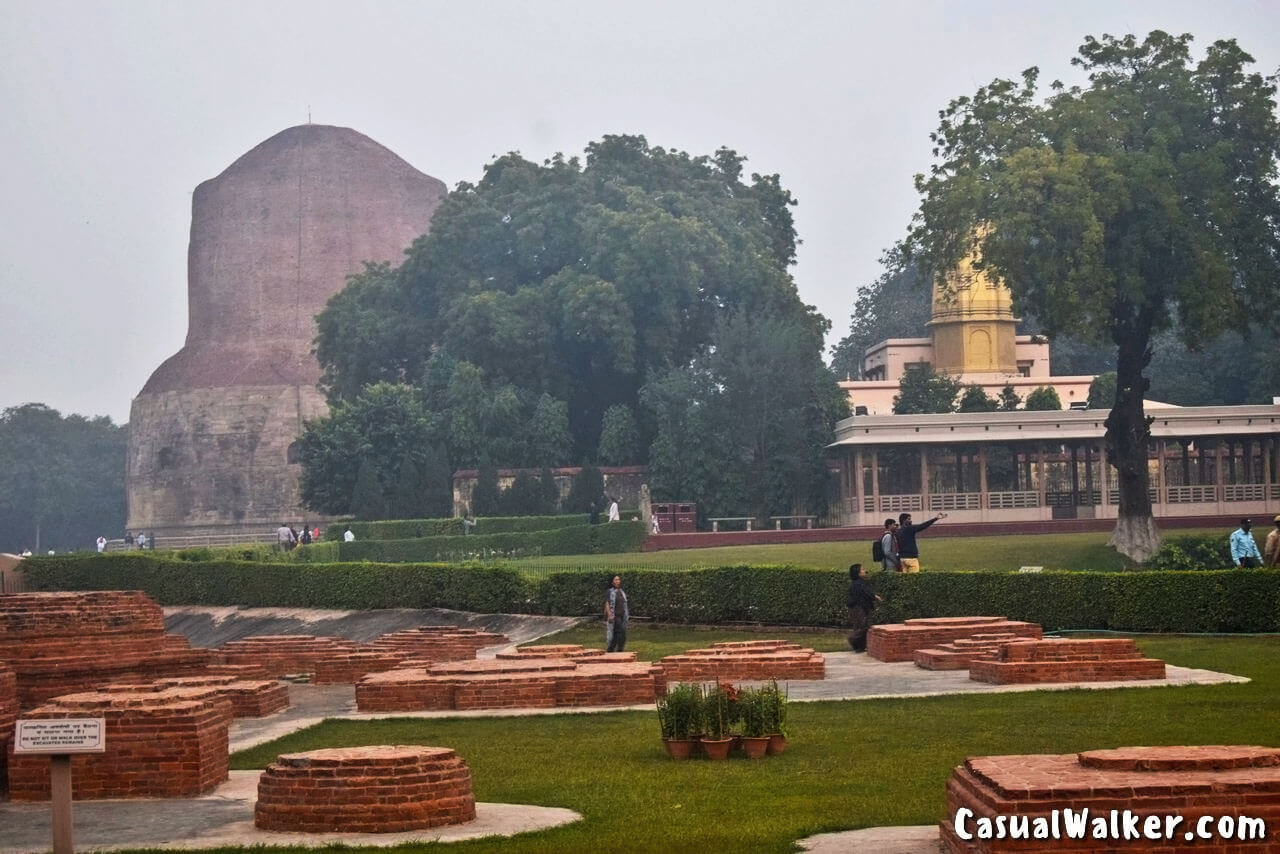
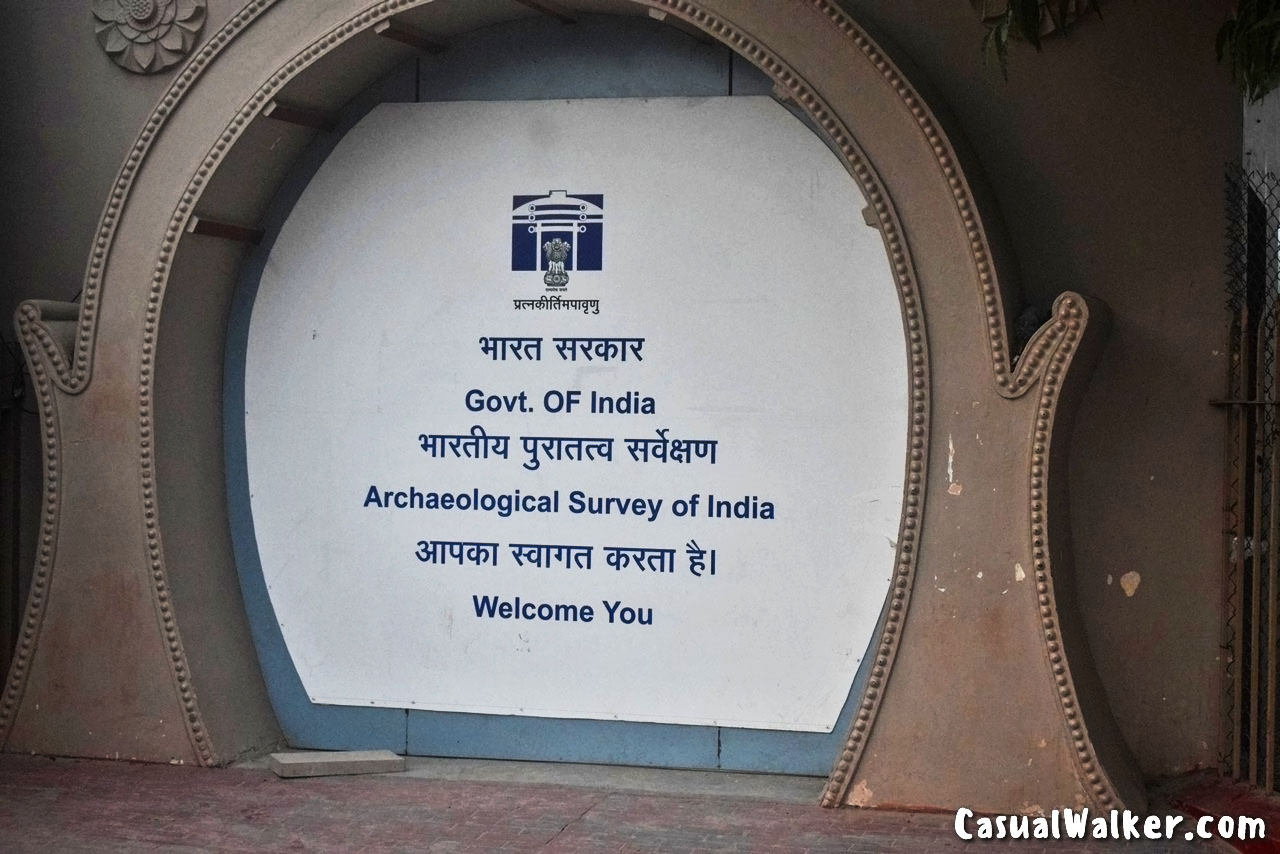
It was here, amidst the tranquil environs of Sarnath, that Lord Buddha inaugurated the very first Buddhist Sangha. Revered in ancient Buddhist scriptures as Rishipatan or Issipatana, and Mrigadava or Mrigaday, Sarnath carries echoes of its past. Its contemporary moniker, a derivative of Saranganath – the Lord of Deer, continues to pay homage to the revered deity enshrined in a nearby temple.
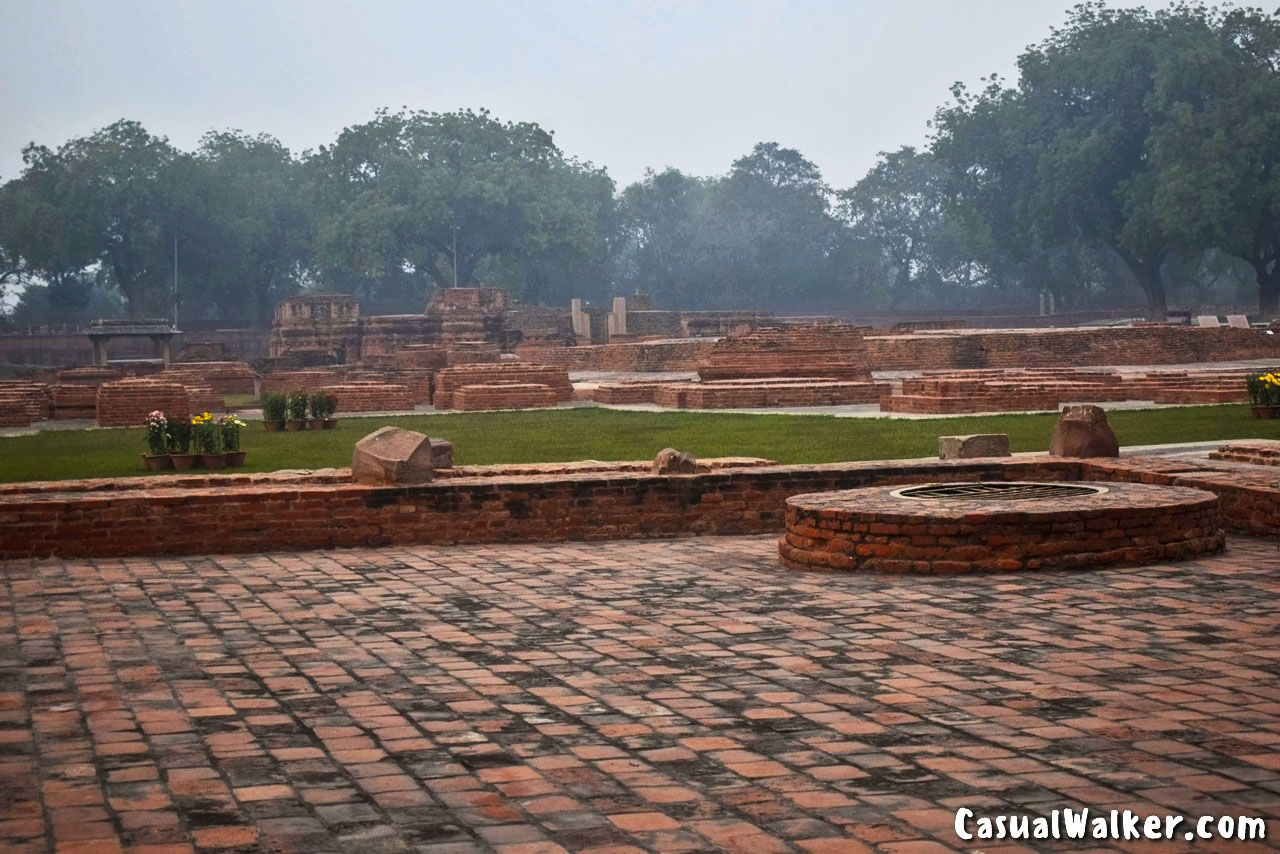

At Sarnath, the profound teachings of Lord Buddha found expression in the elucidation of the Four Noble Truths, which form the bedrock of Buddhist philosophy. This pivotal moment heralded Sarnath as the nucleus of Buddhism, where Lord Buddha and his esteemed disciples established the inaugural Buddhist Sangha. In subsequent strides, he dispatched these devoted adherents to disseminate the tenets of Buddhism far and wide.
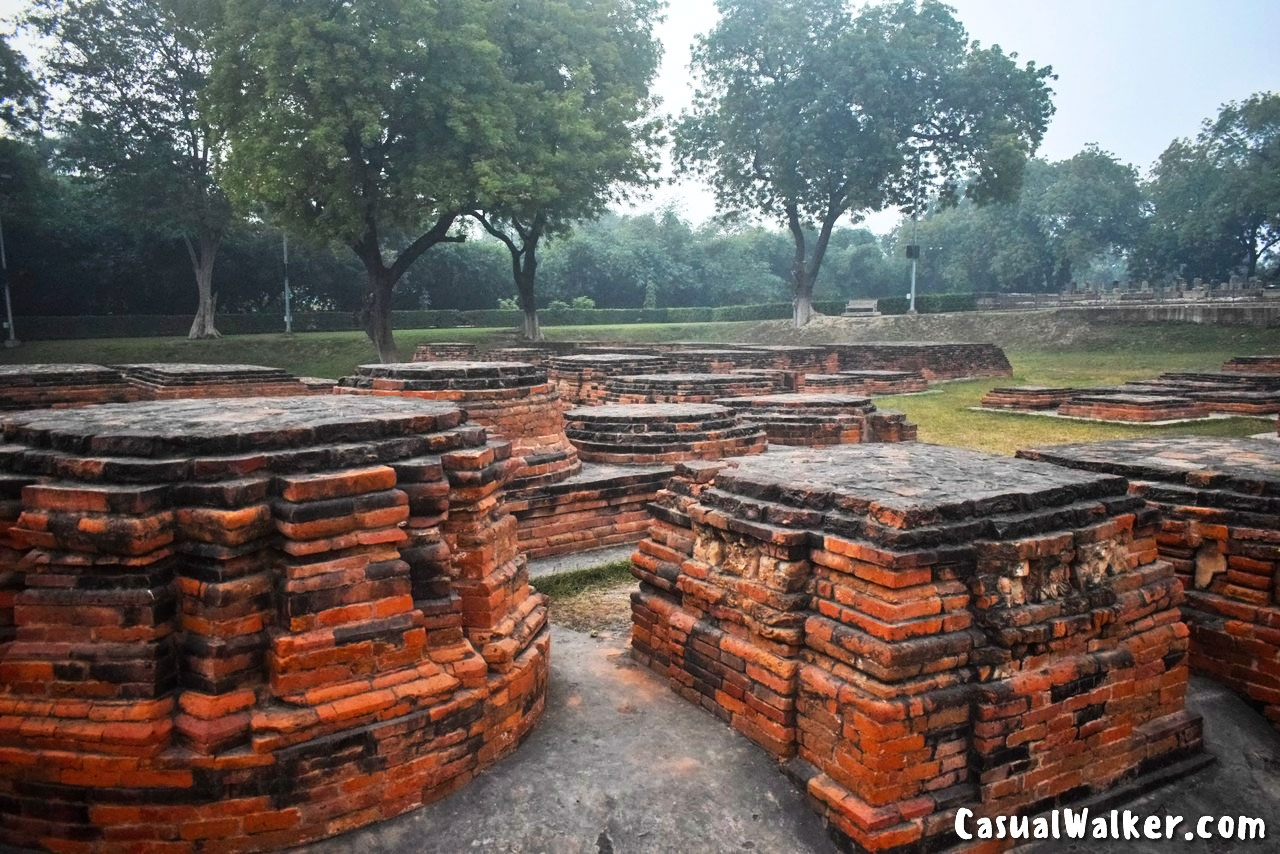

History of Sarnath, Varanasi
Nearly two centuries following the Mahaparinirvana of Lord Buddha, King Ashoka (273-32 B.C.), the illustrious Mauryan emperor, embarked on a monumental endeavor to proliferate the profound message of dharma at Sarnath. He erected numerous stupas and monasteries, with the iconic Dhamek Stupa believed to have been constructed circa 500 CE under his auspices. This architectural marvel stands as a testament to Emperor Ashoka’s enduring legacy, having ordered its construction in the 3rd century BC. It was here, amidst the grandeur of Dhamek Stupa, that Buddha expounded the transformative eightfold path leading to nirvana and enlightenment.
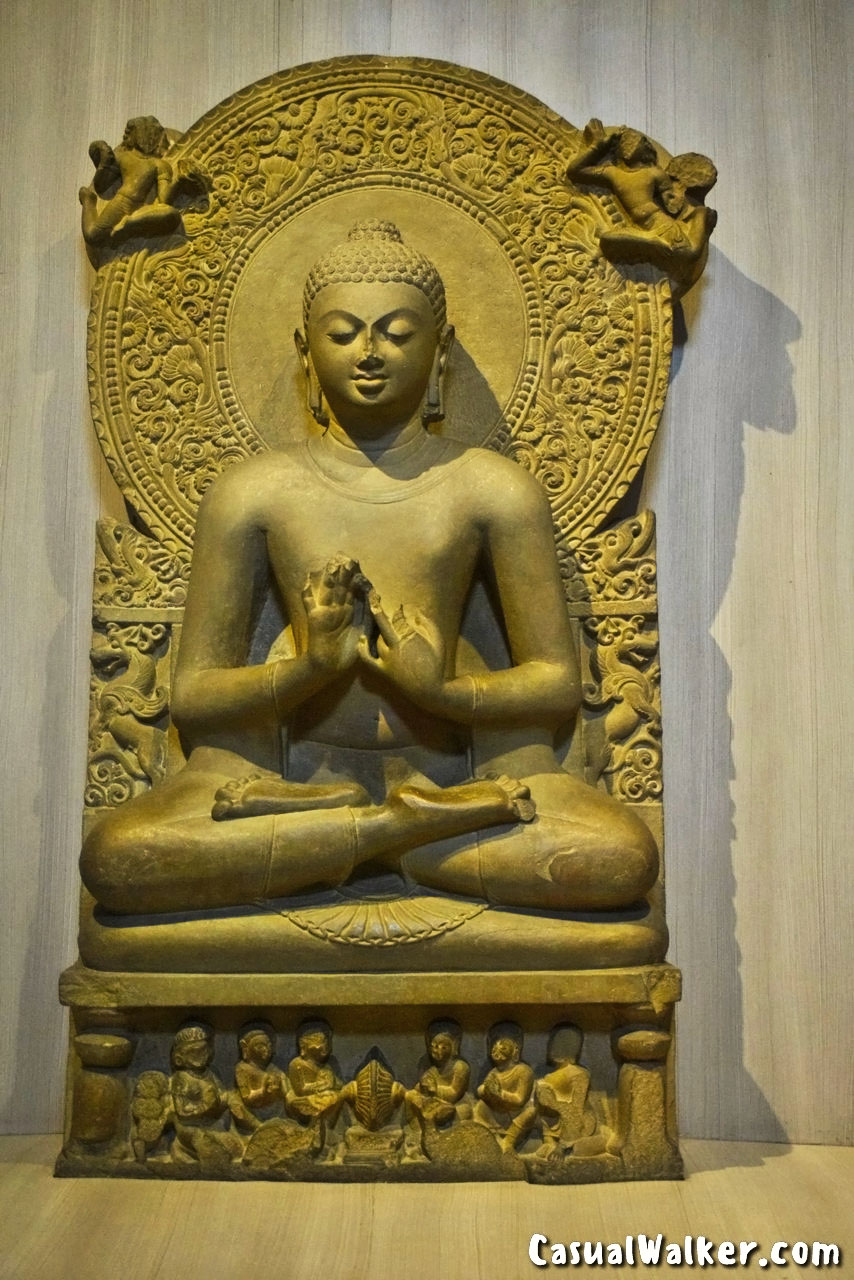
Emblematic Ashoka Pillar in Sarnath, Varanasi
Among the enduring monuments erected by King Ashoka, the towering stone pillar erected around 250 BC holds particular significance. Adorned with sculpted lions atop its pinnacle and the revered Dharma Chakra adorning its base, this imposing structure encapsulates the essence of Buddha’s teachings. The pillar, adorned with four lions symbolizing power, valor, pride, and faith, serves as a profound symbol of King Ashoka’s unwavering devotion to Buddhist ideals. Currently, this historic artifact finds its home within the precincts of the Sarnath Museum.

Ashoka Pillar – The Symbol of National Identity
The Ashoka Pillar, adorned with inscriptions dating back to ancient times, serves as a poignant reminder of India’s rich heritage. Its Brahmi script inscription, an Ashokan edict, underscores the King’s fervent commitment to preserving the unity of the Sangha. Additionally, inscriptions from the Kushan and Gupta periods offer further insights into the historical significance of this revered site.
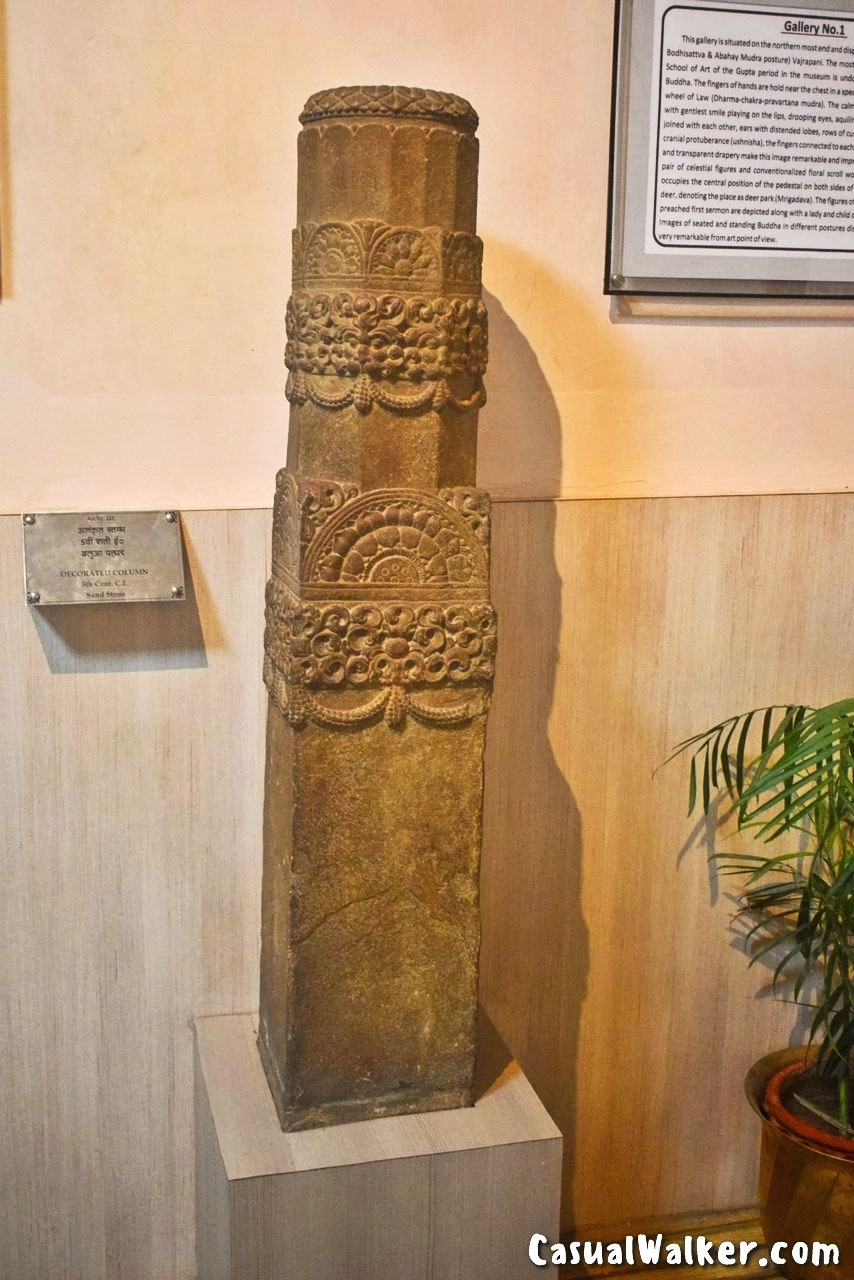
Today, the iconic Sarnath lion-faced pillar stands as the national emblem of India, with the revered “Ashoka Chakra” adorning its base finding representation on the Indian national flag.

Excavated Archaeological site of Sarnath
Despite its illustrious past, Sarnath faced the ravages of time, with outside invaders pillaging its treasures, causing the once-flourishing city to fade into obscurity. It wasn’t until the discovery of the lost city by British archaeologists that Sarnath’s archaeological significance was unearthed. Since then, a series of excavations led by pioneering archaeologists have revealed a treasure trove of ancient relics dating back from the 3rd century B.C. to the 12th century A.D. The archaeological significance of Sarnath was first recognized in 1798 A.D. by Mr. Duncan and Col. E Mackenzie, followed by a series of excavations by Alexander Cunningham (1835-36), Major Kittoe (1851-52), Mr. F. O. Oertel (1904-05), Sir John Marshall (1907), M.H. Hargreaves (1914-15), and finally, Dayaram Sahani.
Preserving Buddhist Legacy
According to the Mahaparinibbana Sutta, Lord Buddha himself imparted instructions for his disciples to journey to four sacred locations: Lumbini, Bodh Gaya, Sarnath, and Kusinagara. These sites, marking pivotal moments in Buddha’s life from birth to nirvana, hold profound significance for Buddhists worldwide.
Inscriptions discovered from the early medieval period refer to Sarnath as Dharmacharkra – the Convent of the Turning of the Wheel of the Law. These inscriptions offer invaluable insights into Sarnath’s role as a beacon of Buddhist teachings throughout the ages.
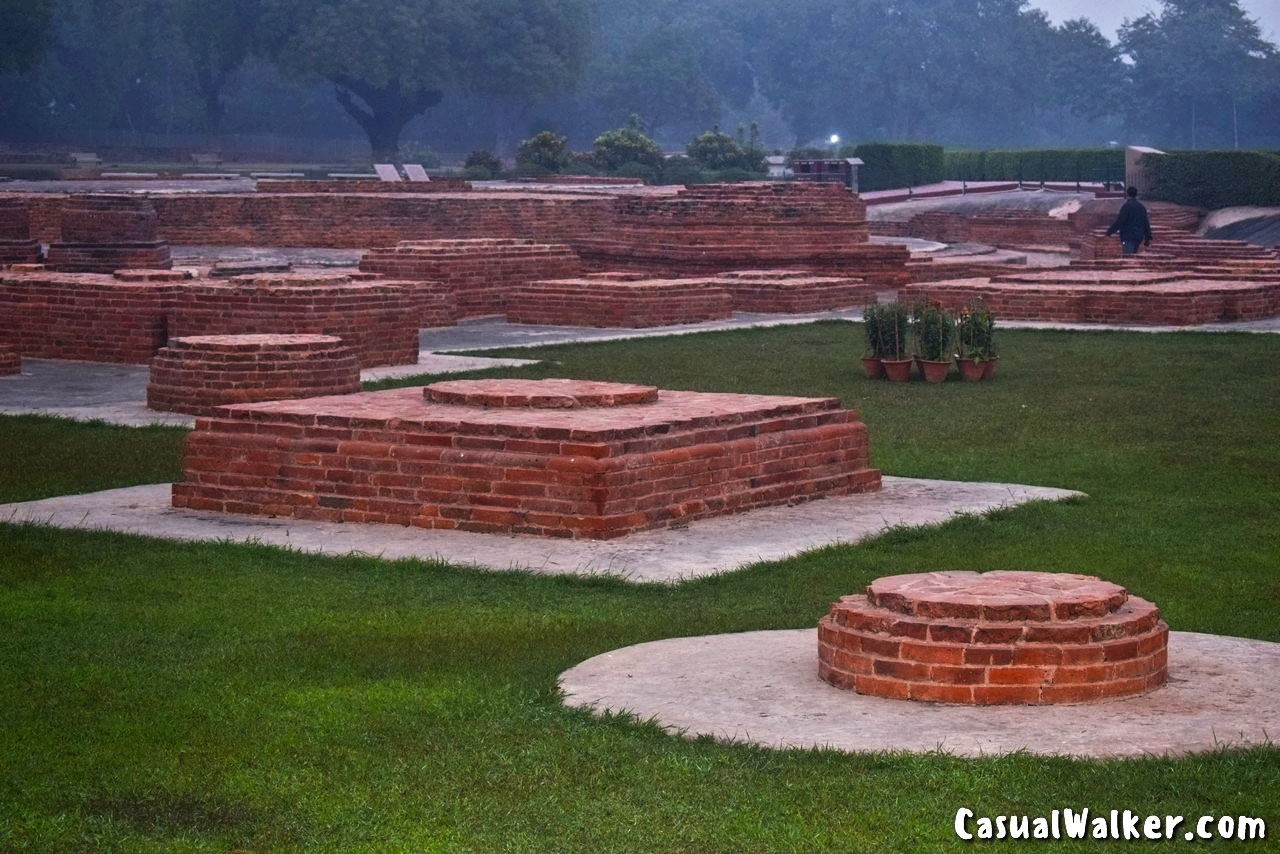
Explore the timeless allure of Sarnath, where history and spirituality intertwine to offer a glimpse into the profound legacy of Lord Buddha. During the illustrious reign of Kanishka, a plethora of Bodhisattva statues adorned the sacred grounds of Sarnath. However, it was during the Gupta era that these sculptures reached the zenith of their artistic splendor, showcasing unparalleled craftsmanship and finesse.

Jain Spiritual Significance
Sarnath, steeped in history and spirituality, holds significance not only for Buddhists but also for the Jain community. Revered as the final resting place of Sreyansantha, the 12th Tirthankara of Jainism, this hallowed ground is a testament to the enduring legacy of faith.
Magnificence of Sarnath’s Buddhist Complex
Discovering the Dhamek Stupa in Sarnath, Varanasi
At the heart of Sarnath’s archaeological marvels lies the Buddhist Complex, with the grand Dhamek Stupa reigning supreme. Crafted from red bricks and stone, this imposing cylindrical structure stands tall at 43.6 meters, with a diameter spanning 28 meters. It’s believed that atop the platform of this stupa, Buddha delivered his inaugural sermon after attaining enlightenment. Visitors can bask in the serene ambiance while seated on the benches thoughtfully placed around the stupa.

Tracing the Stupa’s History
Originally commissioned during the reign of the Mauryan emperor Ashoka, the Dhamek Stupa has evolved, bearing witness to numerous additions and modifications. These stupas served as sanctuaries for Buddhist monks and venues for religious rites. The name “Dhamek” is believed to have originated from the term “Dharma Chakra.”
The Dhamek Stupa stands as a symbol of Buddhist heritage and spiritual reverence, drawing pilgrims from far and wide. It commemorates the founding of the first Buddhist Sangha and serves as a sacred site for devotees to offer prayers and seek solace in the teachings of Lord Buddha. Witnessing pilgrims draped in robes of the same hue, engaged in peaceful prayer, adds to the tranquil ambiance of this sacred space.
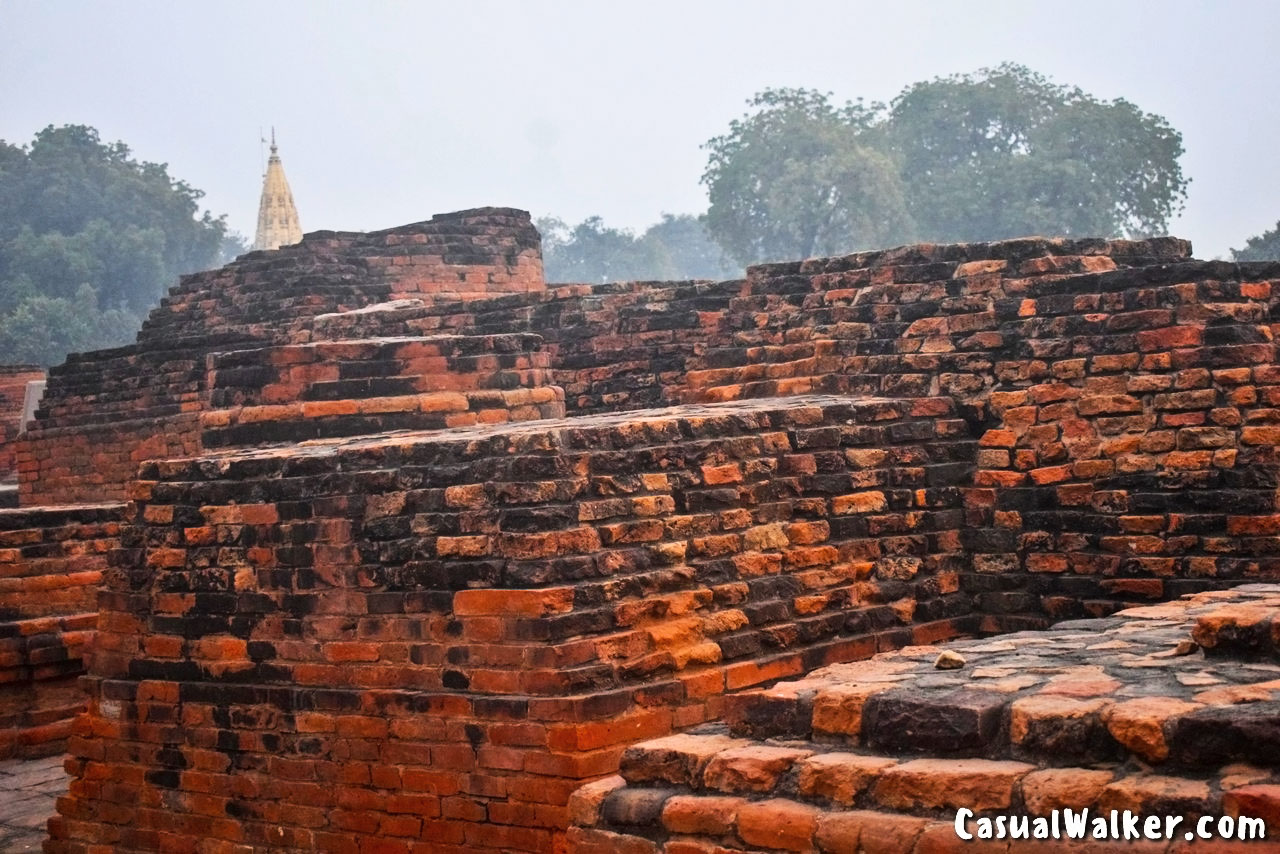
Venture further into the complex to discover the Dharmarajika Stupa, believed to be the creation of King Ashoka in the 3rd century BC. Though largely dismantled in 1794 to procure bricks for a market in Benaras, remnants of its splendor still linger. The nearby Mulagandha Kuti, once a towering temple marking Buddha’s meditation site, now lies in ruin, yet retains traces of its former grandeur. Despite the passage of time, the allure of these ancient relics continues to captivate visitors, offering glimpses into Sarnath’s illustrious past.
Rectangular Courtyard
Nestled between the main shrine and the illustrious Dhamek Stupa lies a rectangular courtyard adorned with smaller shrines and votive stupas. This tranquil space invites contemplation amidst the ancient echoes of devotion.

Journey to the Panchayatana Shrine
Just south of the courtyard stands the Panchayatana Shrine, reminiscent of a Hindu temple, dating back to the Gupta era. This architectural gem offers a glimpse into the interplay of diverse cultural influences in Sarnath’s rich tapestry of history.
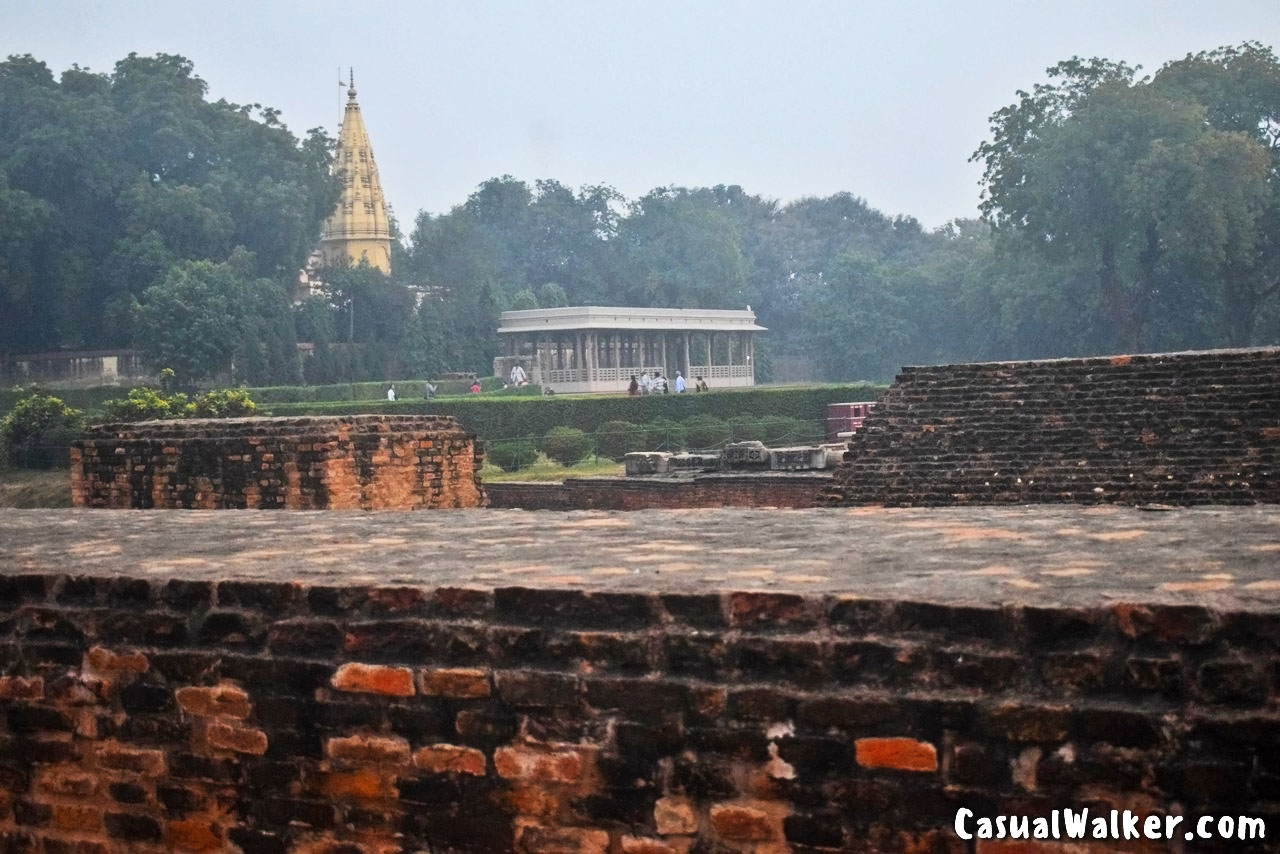
Discovering Monastic Serenity
Within the complex, three distinct sites bear testament to the monastic traditions of Sarnath. Monastery I, believed to trace its origins to the 12th century AD, boasts an open courtyard flanked by rows of cells. Monastery II, dating back to the Gupta era, exudes a sense of tranquility within its modest confines. Meanwhile, Monastery III, a relic from the Kushan era, mirrors the layout of its predecessor, embodying the timeless essence of Buddhist monastic life.
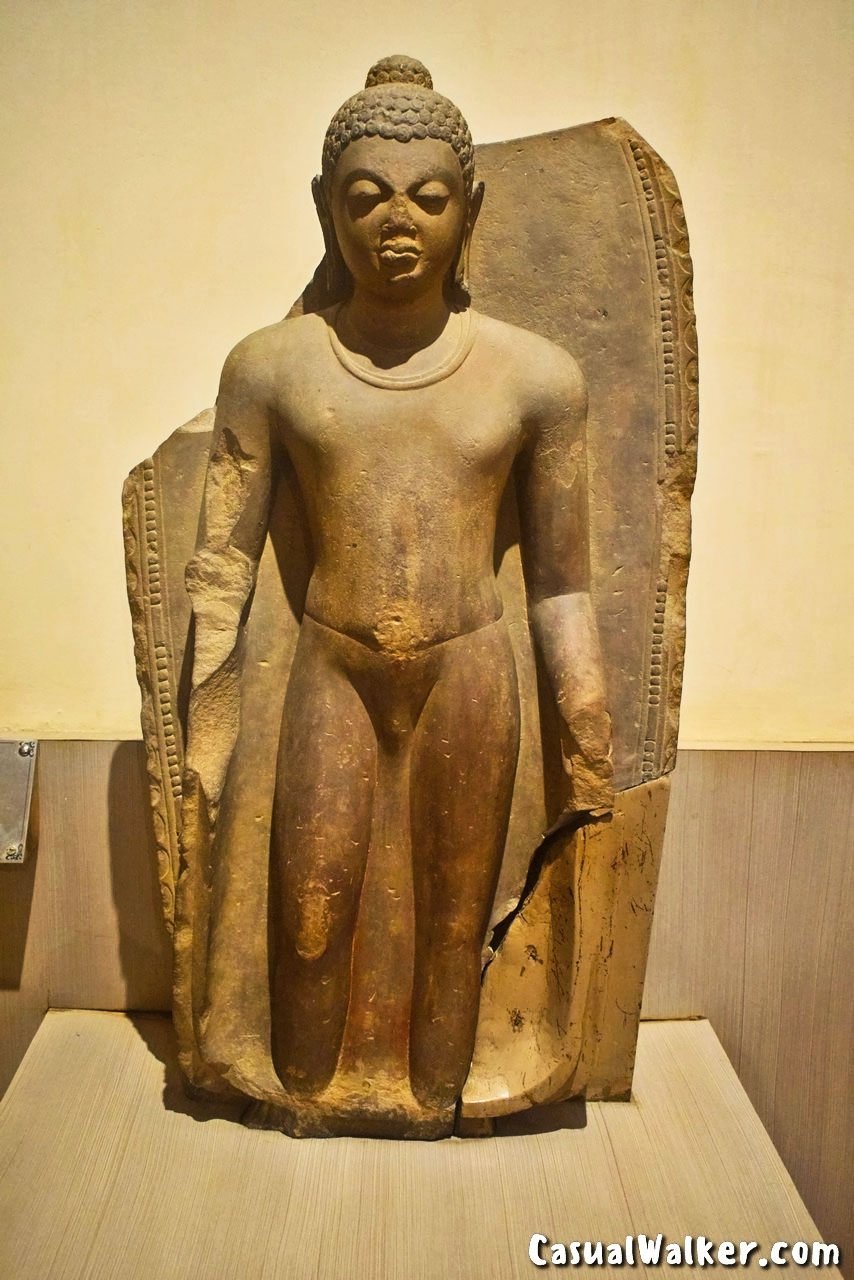
Unveiling the Chaukandi Stupa
The octagonal Chaukandi Stupa, a relic from the Gupta period, stands as a monument of national significance, recognized by the ASI. Its name, derived from its four-armed plan, offers a glimpse into its architectural symbolism. This sacred site commemorates the historic meeting of Buddha with his five disciples, marking a pivotal moment in Buddhist lore.
Embracing Spiritual Diversity
Sarnath’s cultural landscape has witnessed a resurgence with the construction of Buddhist temples in Thai, Burmese, Korean, and Chinese architectural styles. These temples, serving as vibrant embodiments of faith, cast a new light on the ancient town, fostering a spirit of inclusivity and cultural exchange.
A Beacon of Spiritual Legacy
As a living testament to the genesis and evolution of Buddhism, Sarnath continues to beckon scholars, pilgrims, and history enthusiasts from across the globe. Its enduring legacy, steeped in spiritual and archaeological significance, offers visitors a profound journey into the teachings of Lord Buddha and the timeless heritage of Buddhism in India.
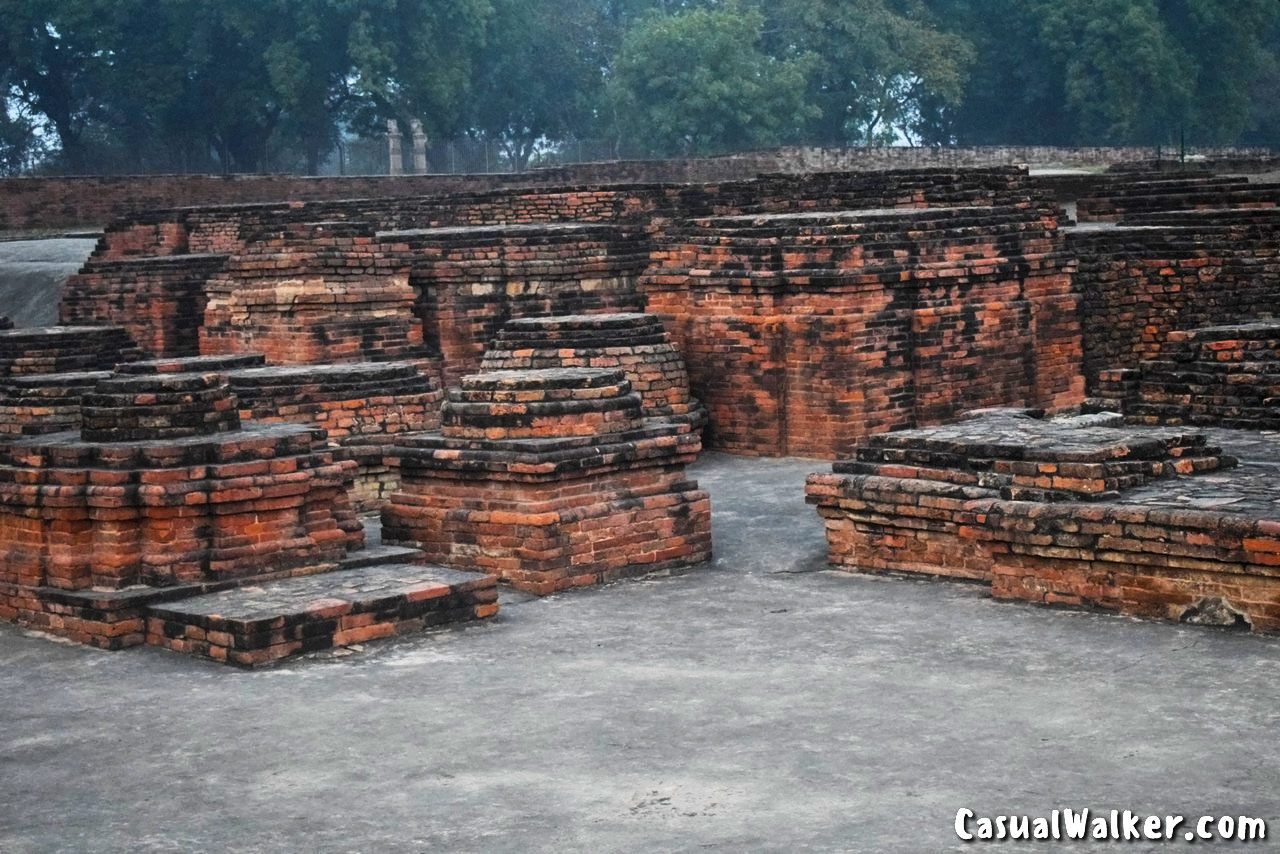
Sarnath Museum
To safeguard these invaluable treasures for posterity, the Archaeological Survey of India meticulously maintains a site Museum nearby. Housing a myriad of sculptures, inscriptions, and artifacts recovered from excavations, this museum stands as a bastion of cultural heritage. Step into the nearby Museum building, a testament to architectural elegance, whose construction commenced in 1904 and reached completion in 1910. With five galleries and two verandahs, this museum offers a captivating journey through time, showcasing antiquities spanning from the 3rd to the 12th centuries A.D.
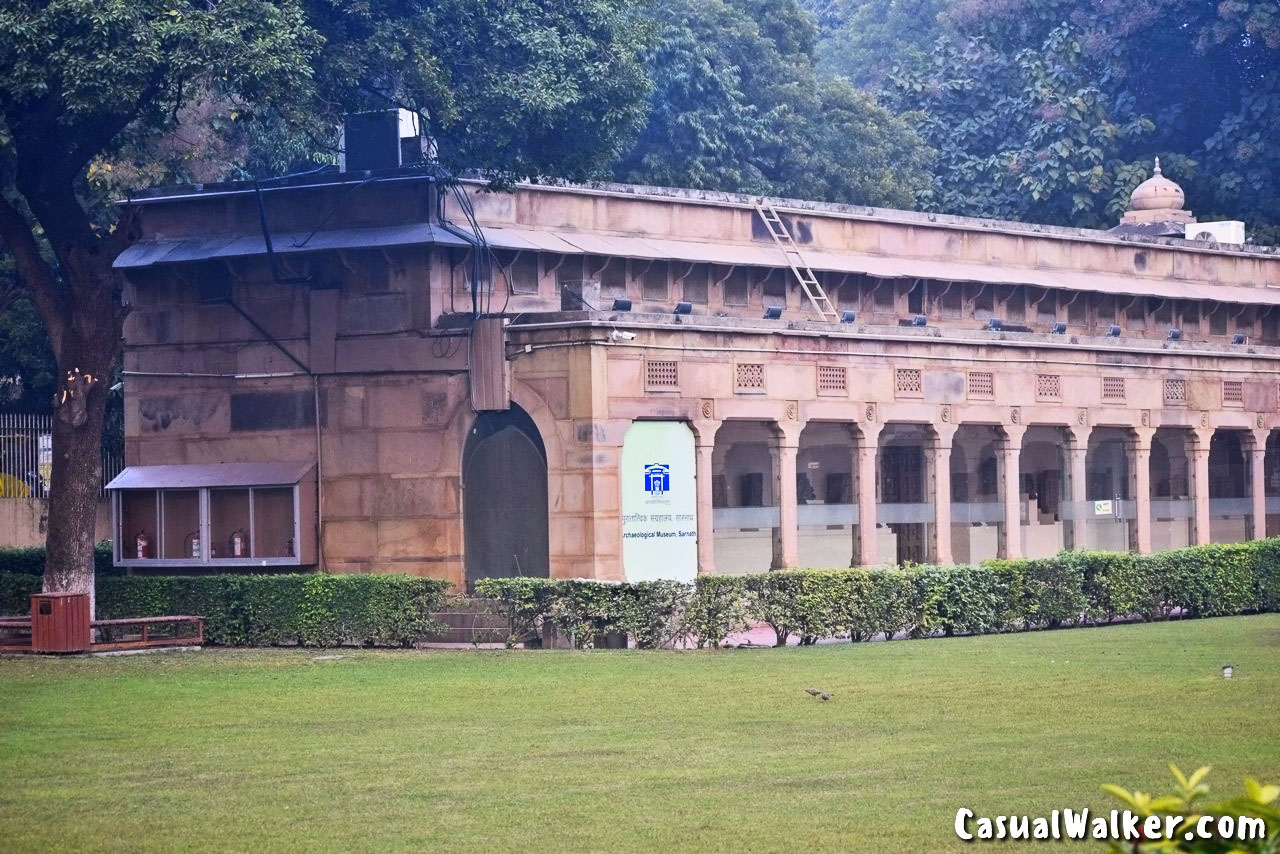
Sarnath Light and Sound Show
Experience the captivating portrayal of Lord Gautam Buddha’s life at the Sarnath Light and Sound Show. This mesmerizing laser show, set against the majestic backdrop of the stupa, offers families a delightful glimpse into the early years of Lord Buddha. We recommend arriving at least 2-3 hours before the show to ensure a seamless experience.

An Enchanting Spectacle
Witness an enthralling spectacle as the lights illuminate the Mauryan-era Dhameka Stupa, bringing to life the story of Lord Buddha from his childhood. Narrated by the legendary Bollywood icon, Amitabh Bachchan, the show seamlessly weaves together the narrative of Buddha’s life with captivating glimpses of the city’s rich culture and artistry.
Tickets for the Sarnath Light and Sound Show can be conveniently purchased at the entry point of the Sarnath archaeological site.
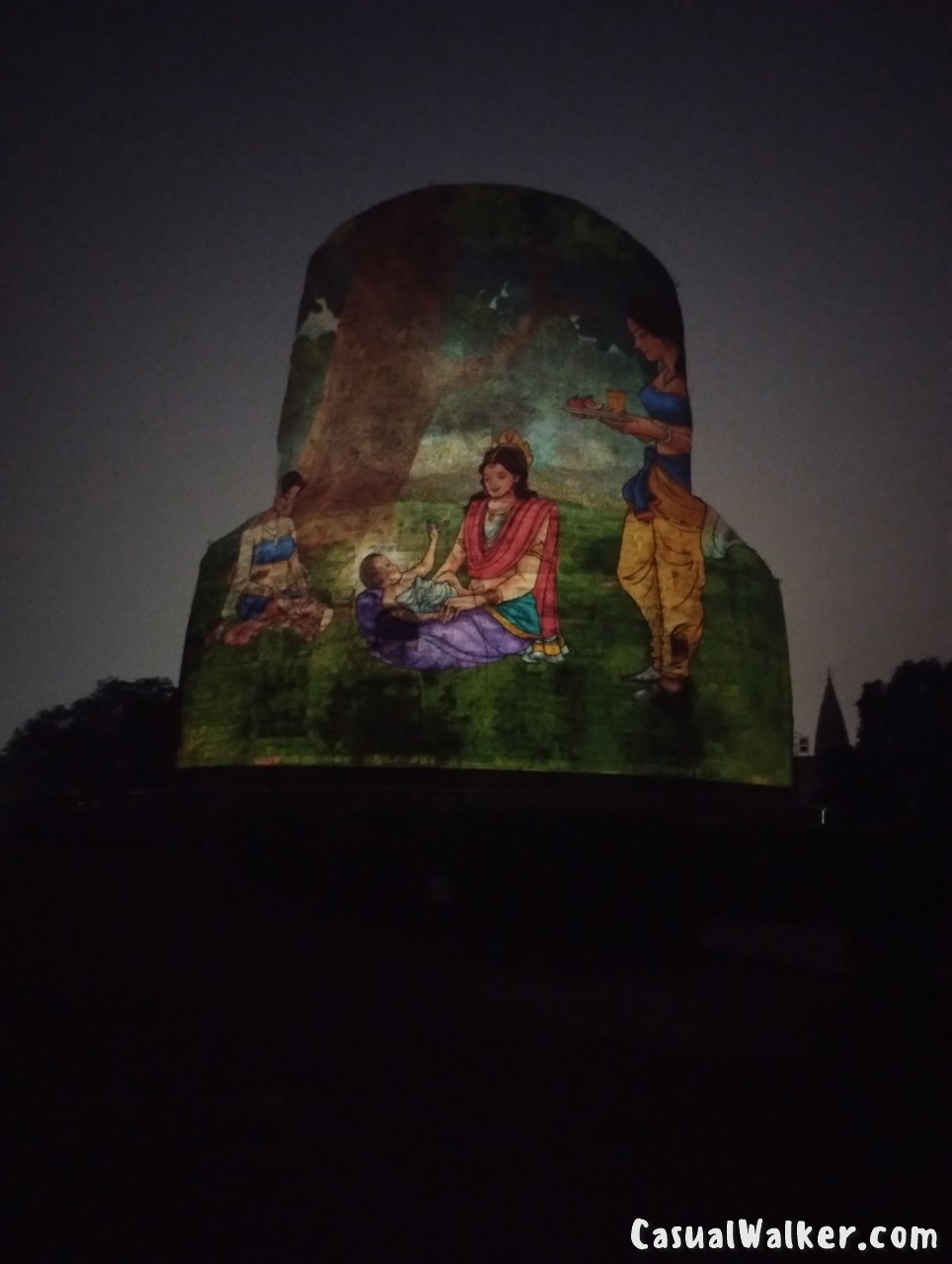
Sarnath Light and Sound Show Timings & Ticket Price
Entry Timing: 5:30-6:00 PM
Show Timing: 6:30-7:00 PM
Ticket Price: INR 200-250
Prepare to be enchanted as you embark on a journey through time with the Sarnath Light and Sound Show.
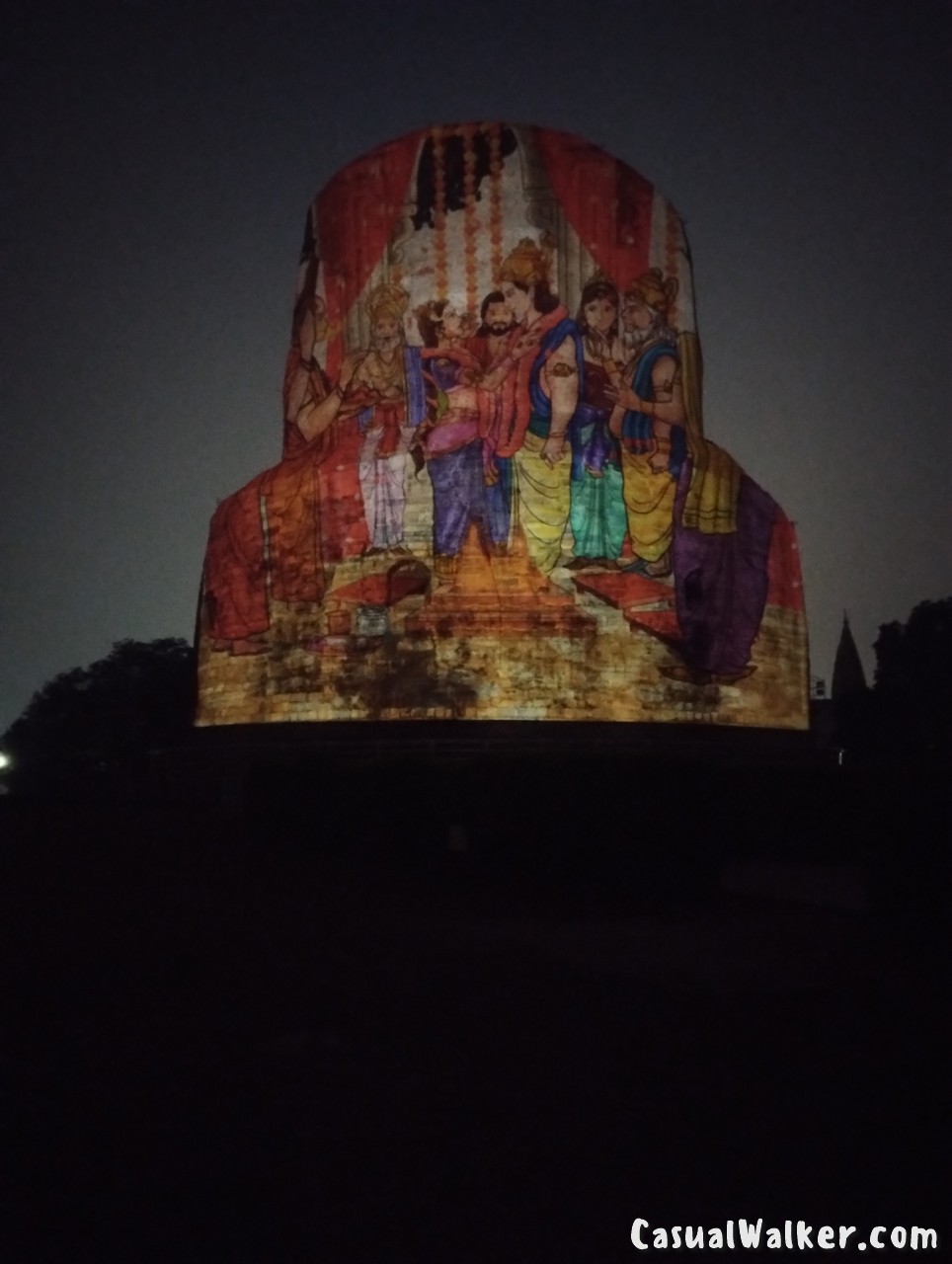
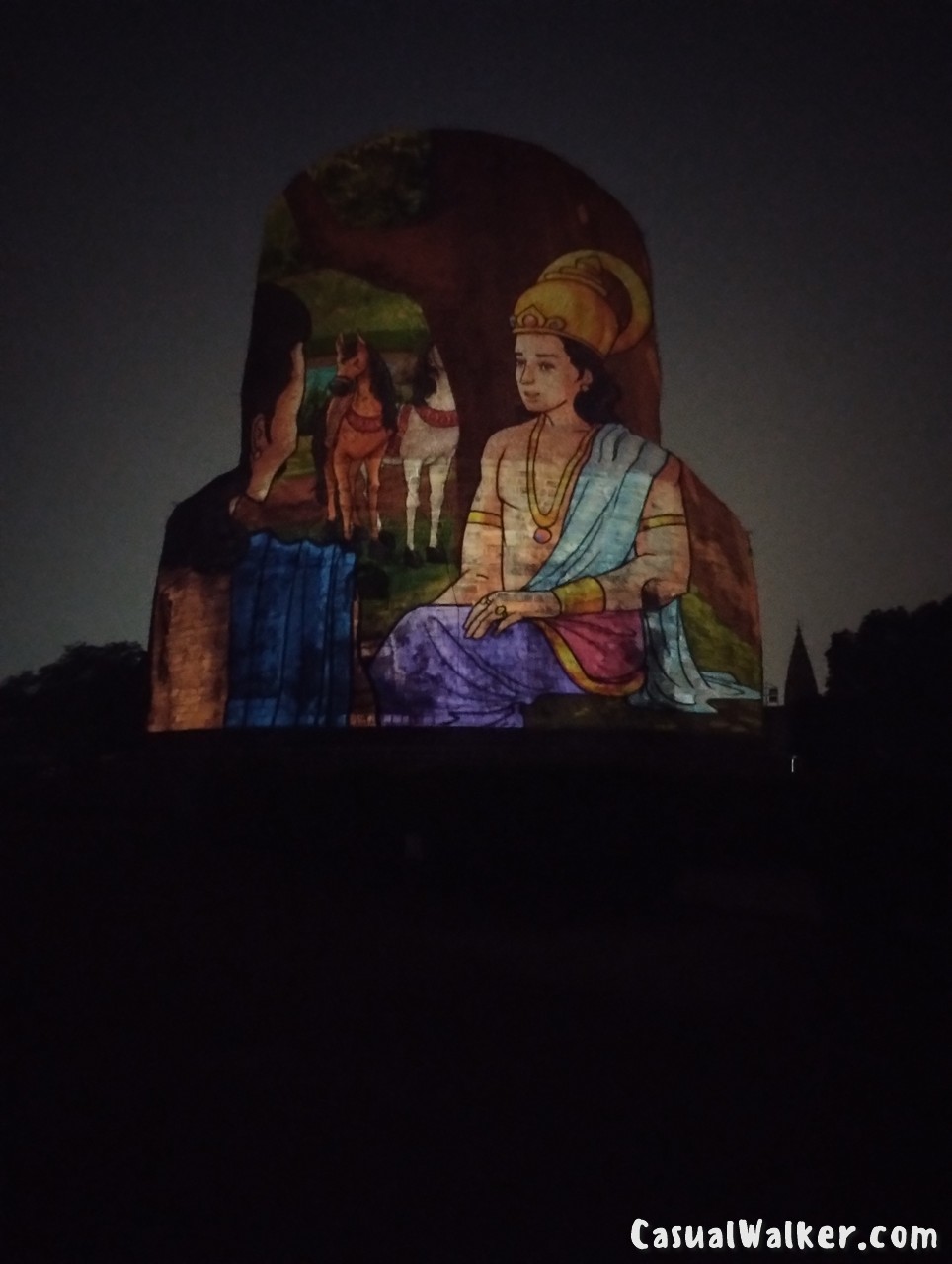
Travel Tips for in Sarnath, Varanasi
The Archaeological Survey of India diligently oversees the management of Sarnath, ensuring visitors can explore its treasures from the break of dawn until dusk. Information boards strategically placed at excavated sites offer valuable insights into the rich history enshrined within these hallowed grounds.
Sarnath, Varanasi Address:
Sarnath, Varanasi, Uttar Pradesh 221007, India
Sarnath, Varanasi Contact Number: +91 522 2303993 / +91 542 2595007, 2595207
Sarnath, Varanasi Official Website: http://www.sarnathmuseumasi.org
Sarnath, Varanasi Timings:
Open on all days
Museum Opening & Closing time are 9.00 AM to 5.00 PM
Closed on Friday
Excavation Sarnath Site Opening time Sun rise to Sun set.
Entrance Fee INR 5 Per head
Free Entry for children below the age of 15 years
Free Entry fees for children up to 15 years
Sarnath Light and Sound Show Timings & Ticket Price
Entry Timing: 5:30-6:00 PM
Show Timing: 6:30-7:00 PM
Ticket Price: INR 200-250
Prepare to be enchanted as you embark on a journey through time with the Sarnath Light and Sound Show.
How To Reach Sarnath, Varanasi:
By Road: Varanasi boasts well-connected roadways, providing travelers with various transport options. Whether you opt for a taxi, auto-rickshaw, or public bus, the journey from Varanasi city center to Sarnath is a mere 30-minute drive, promising convenience and accessibility.
By Train: Varanasi Junction, a bustling railway hub, links the region to major cities nationwide. Upon arrival, travelers can seamlessly transition to Sarnath via taxi or auto-rickshaw, with the station located approximately 12 kilometers from this sacred destination.
By Air: Touching down at Lal Bahadur Shastri International Airport, also known as Varanasi Airport (VNS), marks the beginning of your Sarnath adventure. With both domestic and international flights serviced, travelers can easily secure transport via taxi or hired car to reach the serene environs of Sarnath.

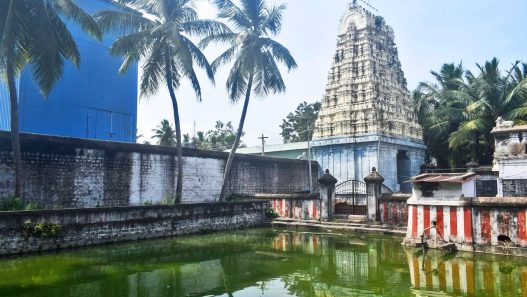

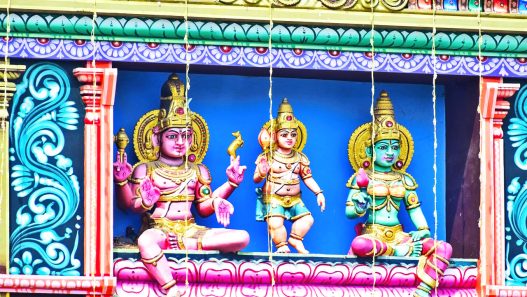

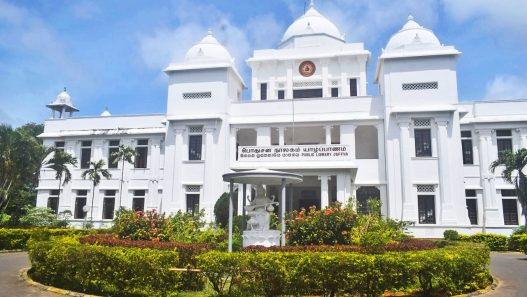


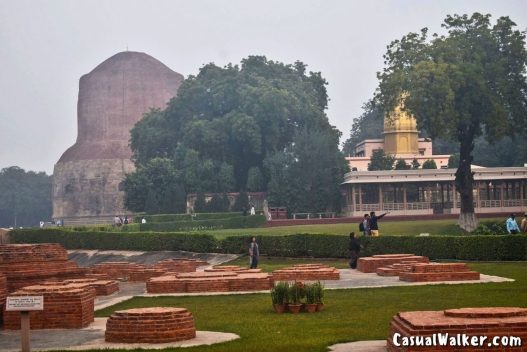
















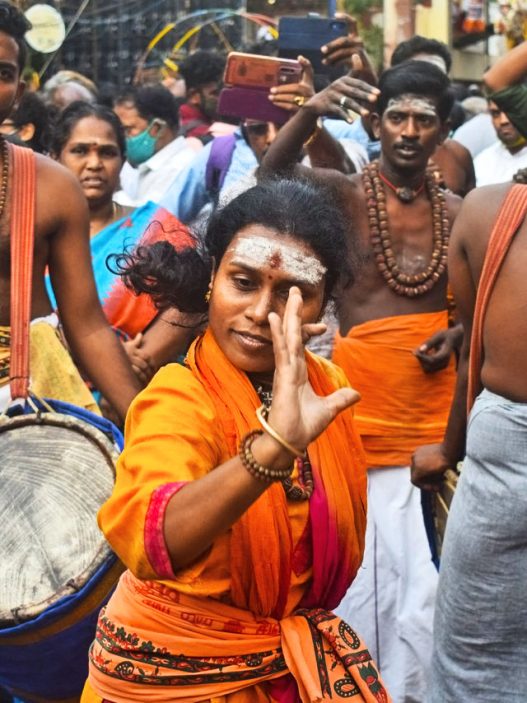
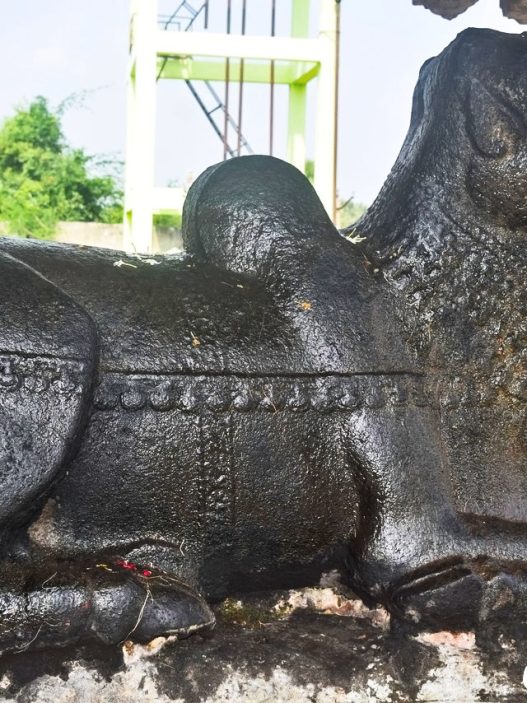
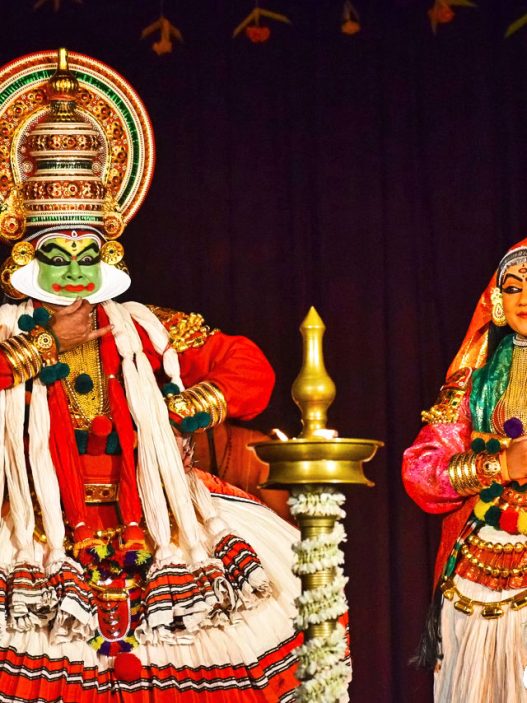

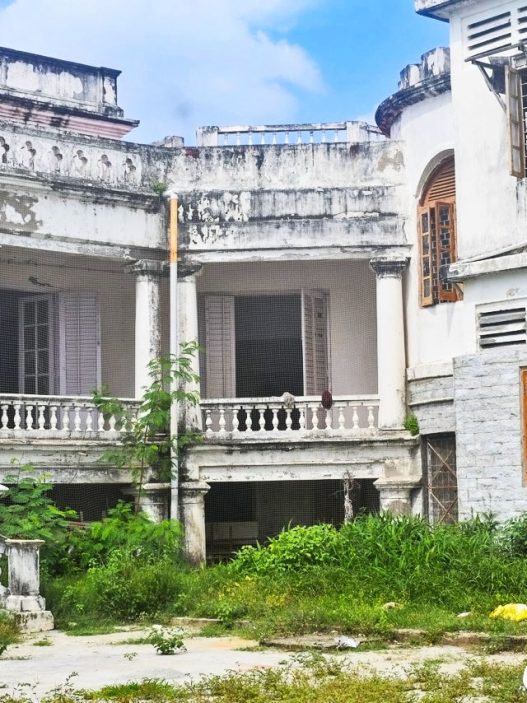


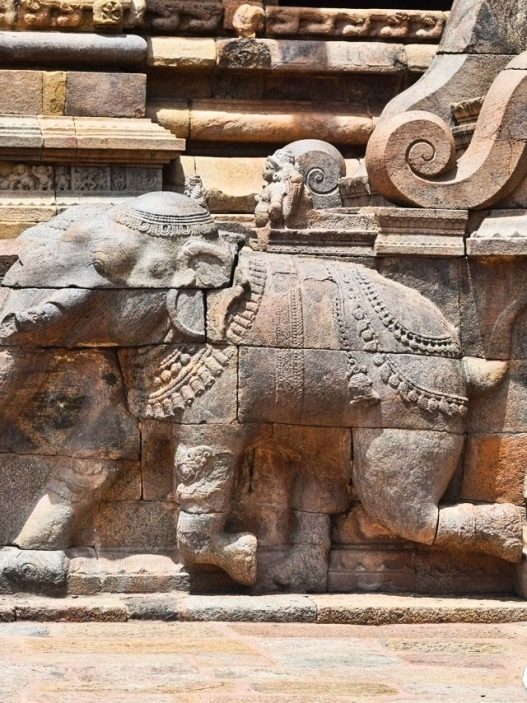
ctk0hz